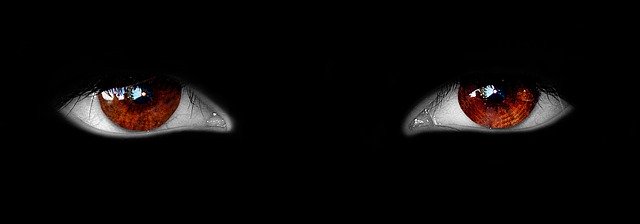Living with an elderly family member requires one to always be present with them, especially if they are suffering from a condition. As seniors age, they tend to get more vulnerable to diseases and other life-threatening situations. Therefore, it is vital to keep an eye on the elderly member of your family.
Nevertheless, working individuals find it challenging to keep track of their elderly family members and tend to work simultaneously. So they resort to technology to monitor the elderly at home while they work. As a result, In recent years, technology to monitor the elderly at home has seen significant development. Let’s see how at-home monitoring systems for the elderly make it easy for people to take care of senior family members.
Common concerns for the elderly
There are multiple reasons why elderly members need to be monitored. It often comes down to making sure they are doing okay, taking their medicine at the time, eating properly, and exercising. All of these things can be kept track of with a monitoring system.
Another critical function that comes in handy with an elderly monitoring system is emergency responses. The monitoring system comes equipped with an emergency response mechanism that notifies the user as soon as it sees something out of the ordinary.
Remote monitoring not only gives the users peace of mind regarding the well-being of elderly members in their family, but it also assures those senior members that someone is looking after them.
Remote monitoring technology
Also called telemonitoring, remote monitoring for the elderly has marked a significant milestone in technology history. With the use of different technology, remote monitoring helps keep track of elderly members at home. It can either be used by family members or the doctors who treat them or both.
The monitoring system features sensors that can be placed around the house to keep behaviors and habits in check. These sensors can be placed at objects or places that are involved in the elderly’s daily routine. For instance, a sensor can be placed on the refrigerator to keep track of eating habits. Similarly, a sensor can be placed by the washroom to detect potential slip or fall. Sensors can detect sound, movement, and record audio and video.
In-home sensors are often accompanied by wearable sensors that can alert emergency services if it detects an accident.
Benefits of at-home monitoring
Remote sensors help family members keep an eye on the elderly members of the family and track their daily habits, despite being miles away from home. Elderly people need to have proper attention given to them all day and need to have someone at call in case of an emergency. Moreover, remote-monitoring is a cost-effective solution compared to hiring caregivers.
As per a study published in the Journal of American Medical Informatics Association, the house that relies on telemonitoring saw fewer emergency room visits and hospital admission as well as decreased length of stay in hospitals.
Telemonitoring can also be especially beneficial for those who are suffering from chronic conditions such as hypertension, diabetes, dementia, and COPD.
Impact of telemonitoring on caregivers
Elderly people want to live the remaining of their lives in the comfort of their homes, making it necessary to have a caregiver around them. For a family member turned caregiver, this can be a tedious and demanding job. This is where telemonitoring comes in. It makes the job of keeping track of the elderly easier.
Since an at-home monitoring system keeps track of the elderly and enables direct communication with the loved ones and doctor, it reduces the strain that caregivers have to go through.
